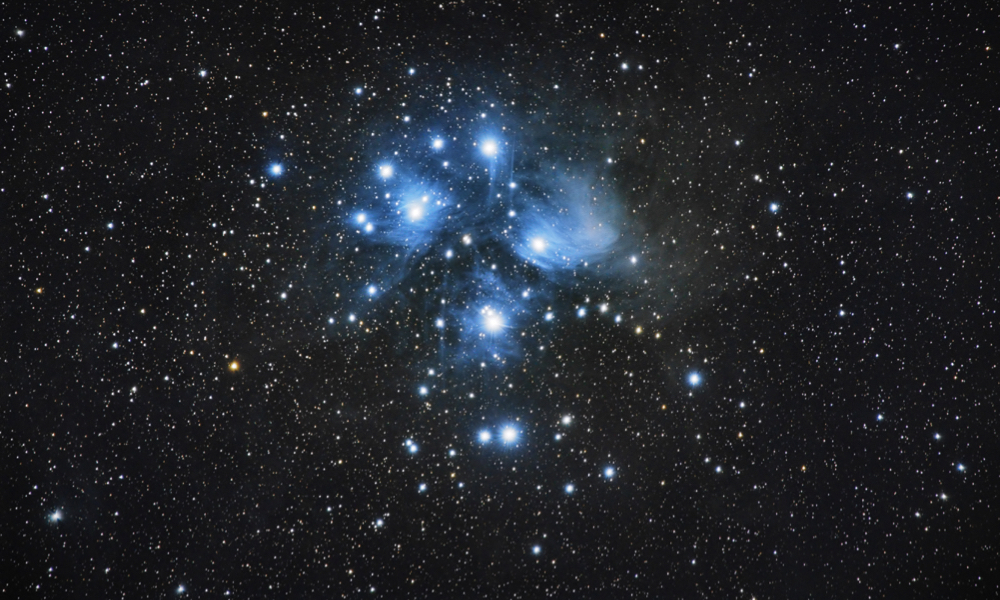
ESA Open Invitation to Tender AO10162
Open Date: 10/02/2020
Closing Date: 06/04/2020 13:00:00
Status: ISSUED
Reference Nr.: 19.1ET.41
Prog. Ref.: Technology Developme
Budget Ref.: E/0901-01 – Technology Developme
Special Prov.: BE+DK+FR+DE+IT+NL+ES+SE+CH+GB+IE+AT+NO+FI+PT+GR+LU+CZ+RO+PL+EE+HU
Tender Type: C
Price Range: > 500 KEURO
Products: Satellites & Probes / Electronics / EEE Components / Discrete semiconductors (including diodes, transistors) / Satellites & Probes / Electronics / EEE Components / Surface acoustic wave devices / Satellites & Probes / On-board SW / Re-usable / customisable SW applications / File management systems, … / Satellites & Probes / On-board Data Management / On Board Data Management ¿ BB / General Purpose Programable Logic (PLD, FPGA) / Satellites & Probes / RF / Microwave Communication (Platform and Payloads) / Antennas / Omnidirectional, Helix, Horn, Parabolic, Phased Arrays / Platform vs Payload / Technology Domains: RF Systems, Payloads and Technologies / RF Payloads / Navigation Payloads
Establishment: ESTEC
Directorate: Directorate of Tech, Eng. & Quality
Department: Electrical Department
Division: RF Payloads & Technology Division
Contract Officer: Erkelens-Sickinger, Franziska
Industrial Policy Measure: N/A – Not apply
Last Update Date: 10/02/2020
Update Reason: Tender issue
GNSS and their augmentations become the primary source of PNT for many applications. The European GNSS evolutions are designed to meet the new challenges of PNT (e.g. more demanding applications, recognized threats) and to account for hybridization with other sources of position or motion (e.g. 5G). New industry models are emerging stimulated by the concepts of very large LEO constellations. The availability of large LEO infrastructure (relying on nano-/micro-satellites much cheaper) may deeply affect the way space infrastructure is designed, including for PNT purposes. NAVISP studies are leading the investigations on LEO PNT concepts, and show their potential for indoor coverage (with lower frequencies), resilience for high accuracy PNT, ultra-low energy PNT and design allowing very short Time-To-Market. It is needed to prove the concepts of the key enabling payload technologies using alternative frequencies (VHF, S-, C-band). The challenge of embarking low frequency payloads on small satellites will affect the technological solutions. Main drivers for the RF components such as isolators, filters and antennas (in particular for solutions at VHF) will be power handling, losses, stability and volume/footprint. To simplify the on-board payload architecture, accurate timing reference could possibly rely on a discipline clock on a miniaturized GNSS receiver as well as Software Defined Radio for signal generation. Alternatives technologies to bulky ferrites based isolators/circulators will be studied, together with their potential integration with other components (e.g. Power amplifiers). For low frequency filters (in particular VHF), a trade-off between Q-factor (Insertion losses), power handling and volume will be performed. Antenna technologies shall look at miniaturisation (e.g. Printed elements on kapton) or at deployable solutions (e.g. Mesh reflectors) to cope with limited space available on small platforms. To assess frequency stability of low cost on-board clock generation for LEO PNT, this activity encompasses the following tasks:- Review state-of-the art LEO PNT payload technologies, with emphases on technology for VHF;- Identify best candidates for complementary LEO PNT payloads;- Integrate critical components breadboards together with a SDR in an end-to-end test bed to validate the selected technologies.
If you wish to access the documents related to the Invitation to Tender, you have to log in to the ESA Portal.
